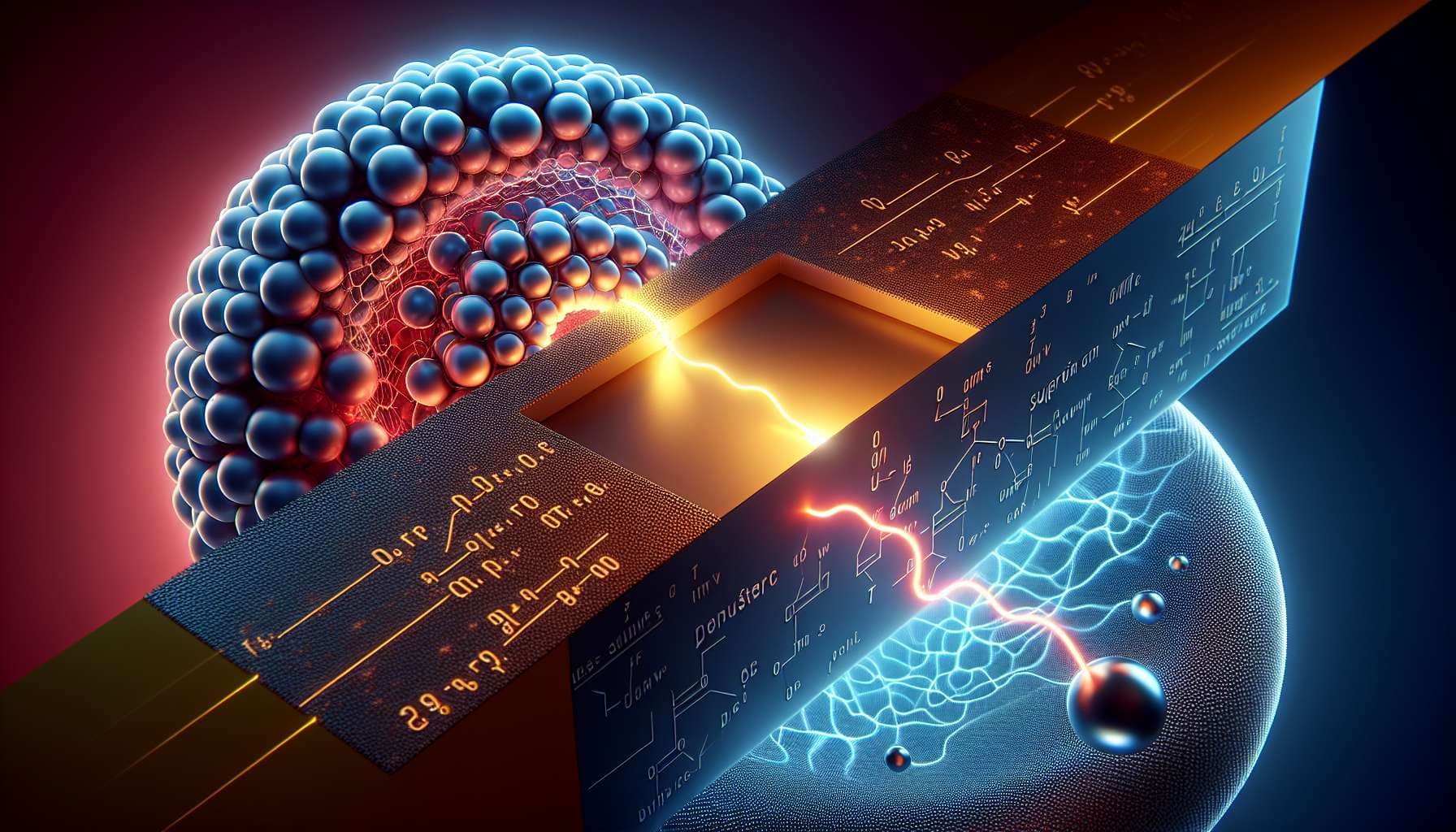
I find it interesting that both are basically computational problems - simulating plasma physics or material science.
This market resolves true if a room temperature superconductor is officially found (and recognized by the scientific community) before a company manages to achieve net fusion energy production.
If the opposite happens, the outcome is false.
N/A if neither happens in this century.
People are also trading
ITER should, if everything goes well, resolve this, right? It aims to achieve engineering breakeven. Unless this question is about commercial breakeven.
@Shump engineering break even as mentioned here:
https://en.m.wikipedia.org/wiki/Fusion_energy_gain_factor#Engineering_breakeven
Basically computational problems
No? Fusion is absolutely an engineering problem. It's about containing super-hot plasma in insanely strong magnetic fields.
Room-temperature superconductors is mostly a theory problem. Our theory of superconductors is highly incomplete. If we had better theories, we could use computer simulations to search for materials, or just experiment with the right ones. But right now we have no idea what to even look for. Hell, we don't even know if room-temperature superconductors can even exist.
@Shump The challenge of achieving engineering break-even in a fusion reactor is not solely a computational problem, but it certainly involves significant computational aspects. First of all, computational physics plays a crucial role in understanding the complex processes within a fusion reactor, such as plasma behavior, energy confinement, and stability.
@SimoneRomeo basically all cutting-edge physical science research "involves significant computational aspects" in the year 2024